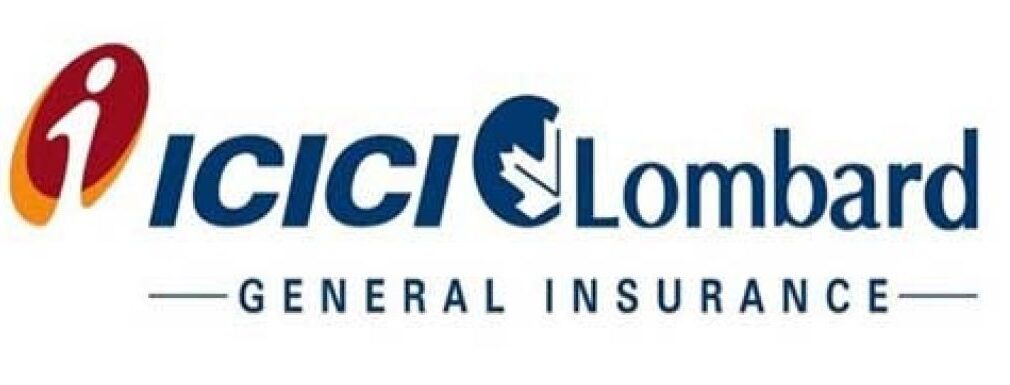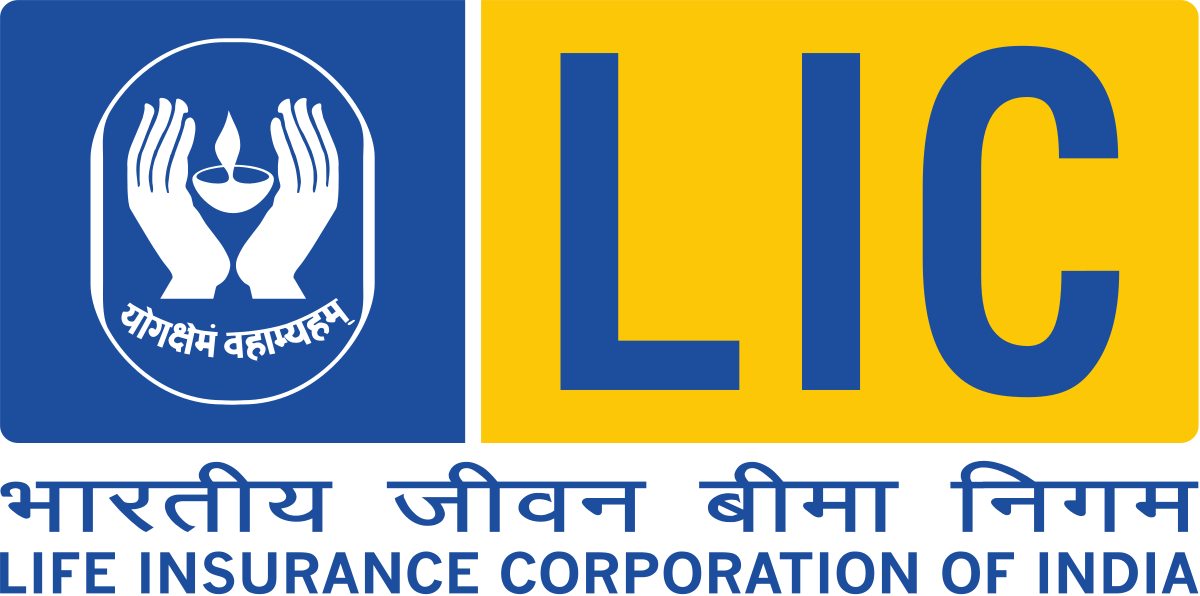13 Best Investment Plans in India for 2021 That You Should Know About
How to earn more money? Is it wise to choose short-term investment plans or long-term investment plans? These are the most obvious questions that can strike your mind, and you should know the options available in the markets.
Let us take the example of Ramesh, who came from a rural area and moved to a nearby city for a job. Few companies offered jobs with low salaries. Initially, he faced difficulties in managing his finances. However, he aimed to start a business and quit his job to find a new one. He had no idea about short-term or long-term investment plans and saw a mutual fund advertisement at a railway station.
Then, he got valuable insights into short-term mutual funds, made lump-sum amounts with minimum investments, and invested the same in other investment plans. Now, he runs his shop that sells household appliances and earns good profits too. That’s why you should also consider investing money in investment plans.
However, the investment plans that you choose should be based on your fund requirements, investment goals, and risk appetite. Therefore, to make your work easy here is all you need to know about investment plans in India in 2021.
- What are Investment Plans?
- Different types of Investment Plans
- Benefits of Investment Plans
What are Investment Plans?
Investment Plans are the ideal option to create wealth for the future while fulfilling your short-term and long-term goals. There are various investment plans available in India that help maximize your savings if you invest systematically and periodically. However, in today’s time, risk appetite is one of the significant factors you need to consider while opting for investment plans. So, let’s understand what the various investment plans available based on risk appetite are.
Different types of Investment Plans in India
Most of the investment plans come with a certain level of risks which affects the returns. There are 3 different types of investment plans
What are low-risk investment plans in India?
As the name suggests, low-risk investment plans are those whose risk element is low or approximately zero. These plans are not linked to any stock market movement and provide stable growth for your funds. These usually offer assured returns; however, you might need to lock in your investment for a longer tenure to earn substantial returns.
7 Best Low-Risk Investment Options in India
- Public Provident Fund (PPF): It is one of India’s best low-risk investment plan options, providing a host of benefits such as tax benefits under Section 80C of the Income Tax 1961. It has a long tenure of 15 years and can be extended for 5 more years. PPF also allows partial withdrawals and loans after specific years of opening the account.
- Sukanya Samriddhi Yojana: Sukanya Samriddhi Account is among the popular investment plans in India as it helps in building a corpus for the girl child. The account can be opened in post offices as well as commercial banks. Further, it also offers tax benefits under Section 80C of the Income Tax Act 1961.
- Post Office Monthly Income Schemes: It is ideal for risk-averse individuals who prefer low-risk investment plan options with decent returns. In post office monthly income schemes, the income from the schemes is completely taxable, while the monthly income plans do not attract TDS.
- Government Schemes for Senior Citizens (SCSS): This scheme ensures financial security for senior citizens and is widely considered one of the best low-risk investment plan options in India. The government decides the interest rate at every quarter, and an SCSS account can be opened at post offices and any nationalized banks.
- Fixed deposits (FDs): A fixed deposit is one of the best low-risk investment plans with assured returns of 2.5% to 5.5% per annum, depending on the number of years. They range between seven days to five years, and you can put the money in FD for at least three years. You can start a fixed deposit account in more than one bank to avoid losses while withdrawing the amount from one account.
- Sovereign Gold Bonds (SGBs): These are backed by the Indian government and issued by the Reserve Bank of India. SGBs are securities that act as an alternative to holding physical gold and are designated in units of gold (grams). On maturity, you can redeem the bonds in cash.
- Life Insurance: Protection plans and savings and income plans are the forms of life insurance that come under low-risk investment plan options. These plans do not offer any market-linked returns; instead, life insurance plans provide robust financial protection for your family against uncertainties of life.
What are high-risk investment plans in India?
These plans give higher returns, but the risk associated is also high. It is suitable for market-savvy investors who have deep understandings of the market, securities, and a high tolerance for risk.
3 Best High-Risk Investment Options in India
- Equities: These are the ideal option to achieve financial goals. In the case of equity investment, you can purchase a share of a company’s ownership which allows the investors for the gains and losses of the business.
- Unit Linked Insurance Plans (ULIPs): ULIPS are counted among the best investment options in India as they offer life cover and investment returns. These also provide the option to move your money from high-risk to medium to low-risk investment plans. Under ULIPs, a part of the premium amount is invested in the insurance coverage, and the other portion is allocated to various fund options.
- Mutual Funds: A mutual fund is another option that allows you to earn healthy returns within three months compared to your regular savings account. At the same time, make sure that you pick some of the best mutual funds that will help you gain more advantages. Take some time and get ideas from experts and or other sources before investing your money. You can even search for the information online that gives ways to make the right decision.
What are medium-risk investment plans in India?
Moderate or medium-risk investment plans serve as balanced or diversified investments. These investment options provide potential growth along with the willingness to take a certain level of market volatility. Medium-risk investment plans help diversify your investment portfolio with a mix of debt and equity instruments to generate stable returns without any huge risks.
3 Best Medium-Risk Investment Options in India
- Debt-Oriented Balanced Funds: If the fund manager assigns over 65% towards debt instruments, then a hybrid fund is termed a debt-oriented fund. The debt factor of the fund constitutes the investment in fixed-income options such as bonds, government securities, debentures, treasury bills, and so on. And some part of the fund is also invested in cash or its equivalents for liquidity.
- Monthly Income Plans: These hybrid funds invest primarily in debt instruments and a certain number of equities. Monthly income plans generate higher returns as compared to regular debt funds and provide regular income in the form of dividends. These plans also offer growth options.
- Arbitrage Funds: In these investment options, a fund manager tries to increase the returns by purchasing stocks at a lower price from one market and then sells at a higher price in another market. These plans are relatively safe like most debt funds, but these are not always available quickly.
Benefits of Investment Plans in India
- Wealth Creation: needless to say, investment plans help build wealth without stressing over life’s vulnerabilities. You can select from the various investment options in India, relying on your risk-taking capabilities, expected returns, and the amount accessible for investment.
- Financial Protection: Different investment plans in your portfolio will help you enjoy the benefits of substantial returns. In this way, you can ensure long-term financial protection for yourself and your family.
- Retirement Corpus: You can plan to invest some of your savings in various investment plans in India to build funds for your retirement period.
- Flexibility: With plenty of investment plans available in the market, you get the flexibility to opt for the investment amount and tenure based on your objectives and courses of events.
- Tax Benefits: Investment plans like ULIPs, Equity Linked Savings Schemes (ELSS), and online savings plans offer tax benefits under Section 80C and 10(10D) of the Indian Tax Act 1961. Under these two segments, both the premium payable and the benefit payout amount are exempted from taxes.
The bottom line is that investment plans are the ideal options to build funds to achieve long-term and short-term goals. However, you need to think through carefully the risk actor associated with each investment option and your tolerance level. You don’t have to face huge losses and earn significant returns.





























